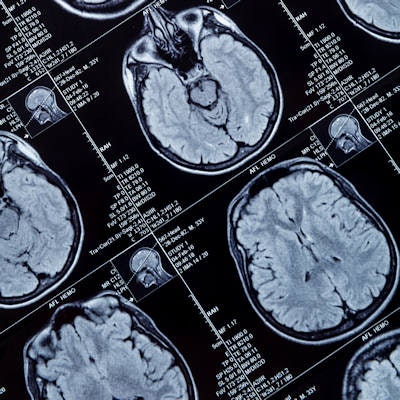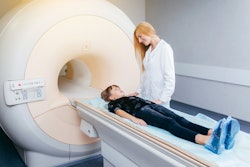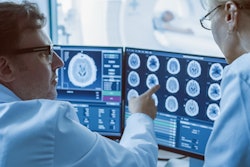
Incidental findings may be found on up to 21% of pediatric brain MRI exams, but most aren't dangerous, according to a study published March 22 in JAMA Neurology.
The results should help put these unexpected discoveries in perspective for both clinicians and parents, wrote a team led by Dr. Yi Li of the University of California, San Francisco.
"Overall, our findings support earlier smaller studies that suggested a relatively high rate of incidental findings in the general pediatric population but suggest that only 4% of the children had findings of potential clinical significance," the group wrote. "Specifically, our results suggest that one in 25 children have findings on structural brain MRI that warrant clinical referral and one in 500 have a finding that warrants urgent clinical referral."
Prior investigations have explored the prevalence of incidental findings on brain MRI, but they have focused on adults, Li's group noted. To address this knowledge gap, the authors used data from the U.S. National Institutes of Health (NIH)-funded Adolescent Brain Cognitive Development (ABCD) study, which sought to evaluate the influence of genetic and environmental on mental and physical health during a period of rapid brain development in children. Conducted between 2016 and 2018, the ABCD study enrolled 11,875 healthy children at 21 sites across the U.S.; the children underwent a baseline MRI and then an additional exam two years later.
Li and colleagues reviewed for incidental findings 11,679 viable baseline structural MRI exams acquired through the ABCD study, categorizing them on a scale of 1 to 4 (1 = "no abnormal findings," 2 = "no referral recommended," 3 = "consider referral," and 4 = "consider immediate referral").
The group discovered that 2,464 (21.2%) children had incidental findings, most of which were category 1 or 2.
| Categories of incidental findings on brain MRI in a healthy pediatric population | |
| Category | Percentage |
| 1: No abnormal findings | 78.9% |
| 2: Normal anatomic variant; unlikely to be of clinical significance. No referral needed | 17.2% |
| 3: Consider referral | 3.7% |
| 4: Consider immediate referral | 0.2% |
Of the category 3 findings that warrant consideration of a referral, the following were the top three:
- Periventricular nodular heterotopia, an abnormality associated with epilepsy (0.9%)
- White-matter abnormalities (0.5%)
- Arachnoid/intraventricular cysts with mass effect (0.2%)
Twenty category 4 incidental findings -- warranting immediate referral -- were identified and, among other conditions, included seven mass-like regions suggesting glial neoplasm, six cases of hydrocephalus, and three cases of severe Chiari I malformation.
Understanding the nature and prevalence of incidental findings can improve not only patient care but also research endeavors, according to Li and colleagues.
"From a clinical perspective, knowing the prevalence of specific incidental findings can help contextualize the importance of similar findings on clinical imaging," they concluded. "From a research perspective, knowing the overall rate of incidental findings can help in counseling research participants during the informed consent process."



.fFmgij6Hin.png?auto=compress%2Cformat&fit=crop&h=100&q=70&w=100)





.fFmgij6Hin.png?auto=compress%2Cformat&fit=crop&h=167&q=70&w=250)











